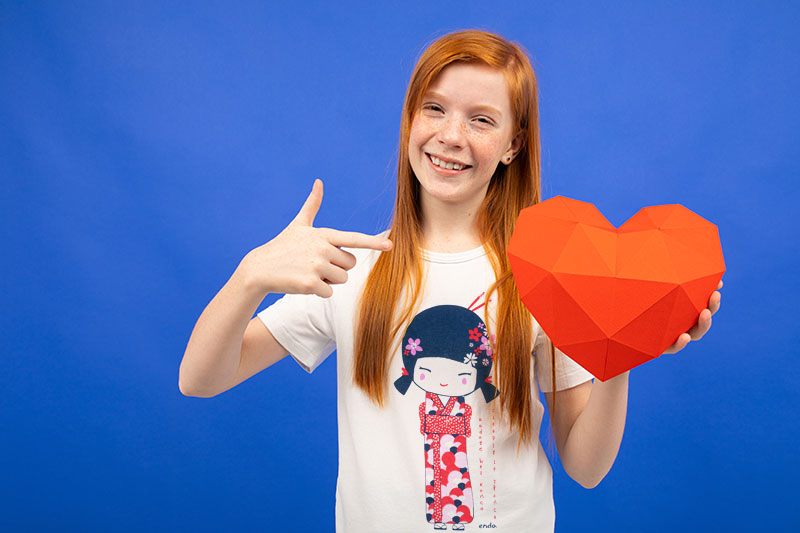
Japanese culture is rich in traditional crafts that are not only beautiful but also provide a great opportunity to spend time together with children. Simple projects like origami, kumihimo bracelets, or Kokeshi dolls can be a source of joy and develop children's manual skills.
Origami – The Art of Paper Folding
Origami is the traditional Japanese art of paper folding, allowing you to create a variety of shapes —from simple animals to complex structures. Basic models like a dog, crane, or boat are ideal for children. Origami requires only a square sheet of paper, making it an easily accessible activity that doesn't require specialized materials.
To get started with origami, it's worth using online instructions that show you step-by-step how to fold your chosen shapes. For example, a simple dog model can be found in many video tutorials, which are tailored to beginners. Origami develops manual dexterity, patience, and spatial imagination in children. It's also a great way to introduce young children to the fascinating world of Japanese culture.
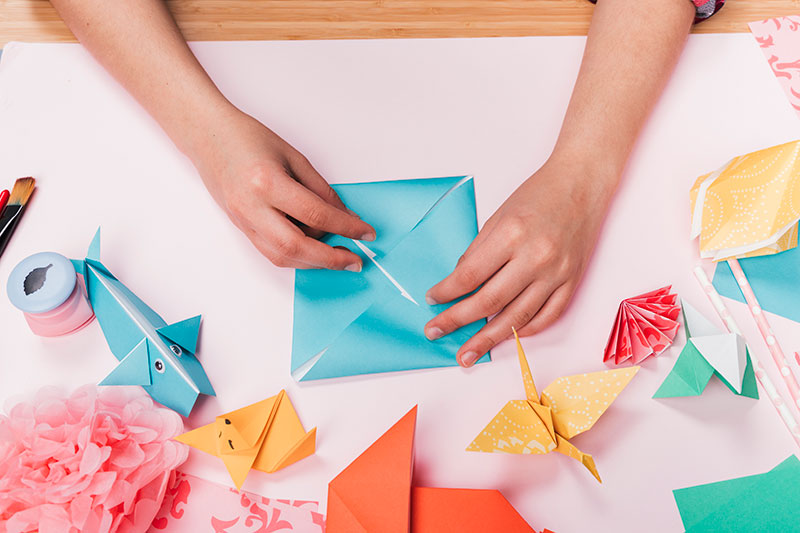
Kumihimo – Traditional Braiding
Kumihimo is a traditional Japanese string-braiding technique used for tying together samurai armor and decorating kimonos. Currently, the technique is popular in jewelry making, particularly bracelets, and in Poland is known as friendship bracelets.
To make a kumihimo bracelet, you need string or embroidery floss and a special disc with holes. A bracelet inspired by the kumihimo technique can be created in many different ways and with a variety of materials. The floss is used to create braids in various patterns, with the strands connected by knots. Another simple and popular method is to create this type of bracelet from small, colorful rubber bands, which can be purchased at toy stores. These kits also include ready-made discs that can also be used for string techniques.
Creating kumihimo bracelets develops children's motor coordination, concentration, and creativity . Additionally, handmade jewelry can be a unique gift for loved ones.
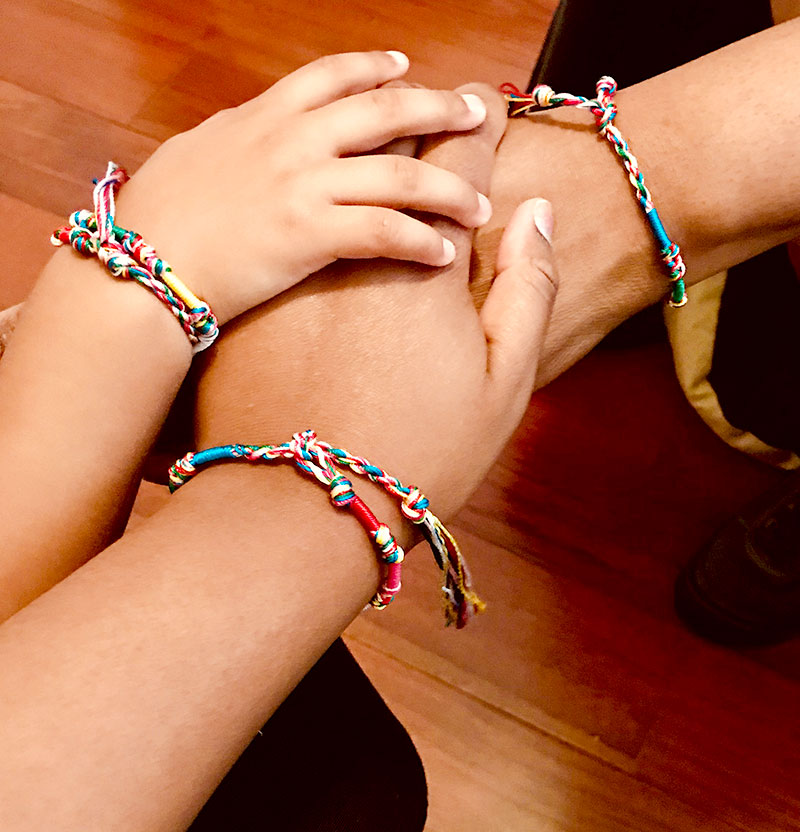
Kokeshi Dolls – Wooden Figurines
Kokeshi dolls are traditional Japanese wooden figurines with a distinctive appearance —a straight torso without arms or legs and a large head. They were originally hand-carved by artisans in the Tōhoku region and served as children's toys.
Kokeshi dolls became the heroes of the latest collection of clothes for geisha girls .
Making simple Kokeshi dolls at home can be a fun craft project. To create them, you'll need wooden rollers or cones, acrylic paints, and brushes . Children can paint the dolls themselves, giving them a unique character while learning precision and patience. Wooden shapes can be purchased at good art stores, but you can easily do without them. You can make kokeshi dolls from paper rolls or simply draw them on cardboard, then cut them out and color them.
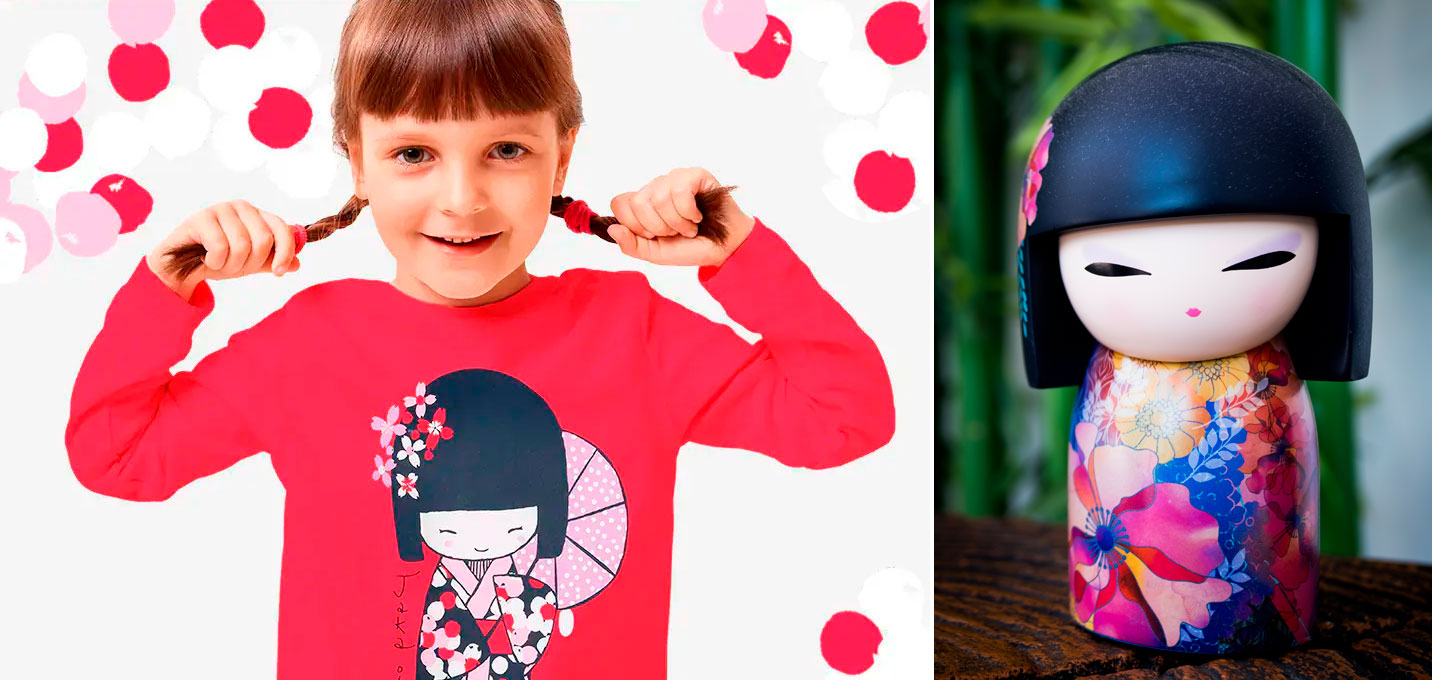
Japanese games for children - coloring pages
Another easy way to introduce your child to Japanese culture is through Japanese-themed books and coloring pages . You can find many coloring pages on the Endo blog, including those inspiredby the geisha collection and Japanese culture.

Otedama – Traditional Toy Bags
Otedama is a traditional Japanese game that involves juggling small bags filled with beans or rice. Making these bags at home is easy and can be a great activity for kids.
To create otedama, you'll need pieces of colorful fabric, a needle, thread, and a filling such as beans, rice, or small beads. Children can sew and decorate the bags themselves, then learn various games and activities using them.
Ikebana – Fun for flower lovers
Ikebana, the Japanese art of flower arranging, can be a fascinating and educational activity for children. Introducing them to the secrets of this traditional art form develops their creativity, teaches patience, and teaches them an appreciation for the beauty of nature. Ikebana classes for children are a perfect way to combine learning with fun. Thanks to them, children not only develop their artistic skills but also learn respect for nature and elements of Japanese culture.
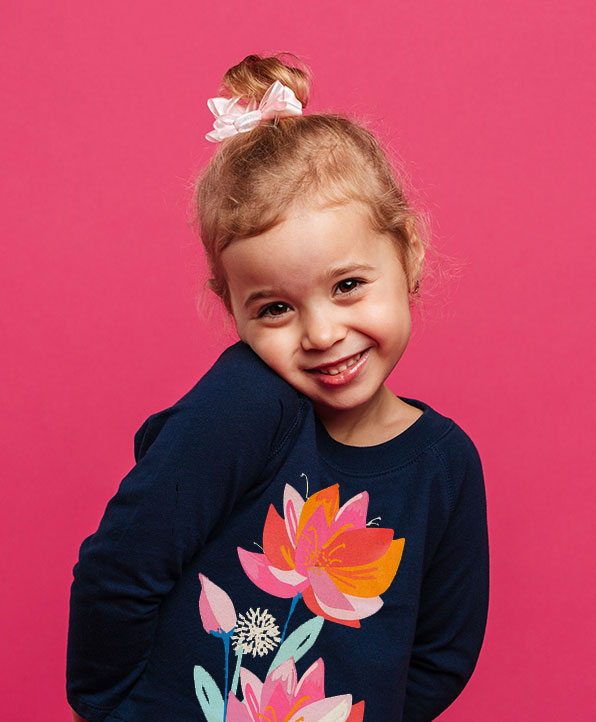
Benefits of Making Japanese Crafts with Children
Creating handicrafts inspired by Japanese culture together brings many benefits:
Development of manual skills
Precision activities, such as origami paper folding or traditional embroidery techniques, develop children's manual dexterity and motor coordination. Such activities require patience and precision, which positively impact the development of fine motor skills.
Stimulating creativity
Creating their own projects inspired by Japanese culture, such as kokeshi dolls or paper crafts, sparks imagination and encourages children to experiment with different materials and techniques. This develops creative thinking and problem-solving skills.

Exploring a new culture
Japanese games and shared crafts are an excellent opportunity to introduce children to elements of Japanese culture and tradition . Through hands-on activities, they can better understand and appreciate cultural diversity, fostering an attitude of openness and tolerance.
Strengthening family relationships
Spending time together creating crafts brings family members closer together, building bonds and shared memories. Children learn to cooperate, communicate, and share ideas, which positively impacts the family atmosphere.
Reducing stress and improving concentration
Handicrafts like origami and embroidery have a relaxing effect and help reduce stress. Focusing on precise tasks helps improve concentration and calm the mind, which is especially beneficial in today's stimuli-filled world.
Learning patience and perseverance
The process of creating crafts teaches children that achieving a desired result takes time and commitment. This helps them develop the ability to strive for goals, cope with setbacks, and derive satisfaction from their work.
Introducing Japanese handicrafts into everyday activities with children brings many benefits, supporting their comprehensive development and enriching their knowledge of the world and different cultures.


Podziel się:
Carnival masks for children - download masks with your favorite motifs from Endo T-shirts
How to build a true and honest relationship with your grandchildren